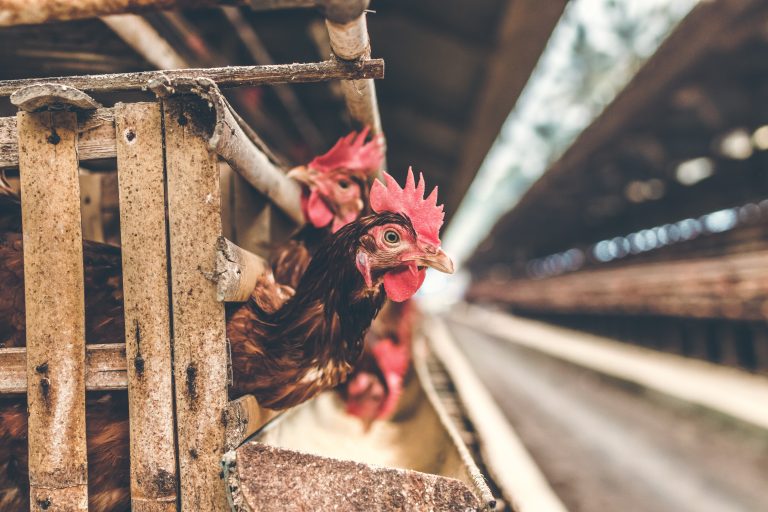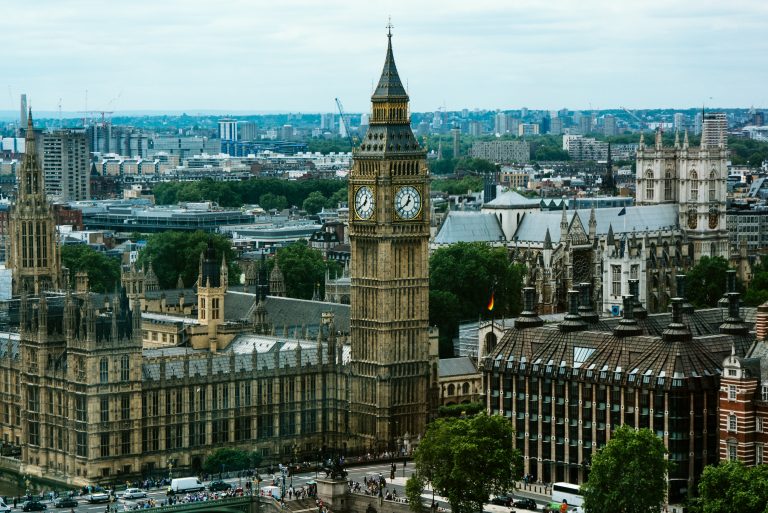PBS News Hour: “The Cascading Economic Effects of Plummeting Oil Prices”
Run Time: 4:08
Source: PBS News Hour “The cascading economic effects of plummeting oil prices”
Abstract: The fallout from the global COVID-19 pandemic continued this week as oil prices plunged below zero. In a highly unusual situation, producers were quite literally paying buyers to take excess supplies. The crisis came as global demand for oil continued to be at record lows as government mandated shutdowns kept businesses closed and consumers at home in nearly every country in the world. Despite a recent agreement among OPEC + producers to reduce production by 10 percent, the glut of oil on the market was significant. With storage options all but exhausted and no easy way to simply stop production, it is unclear just what will happen next. Prices will almost certainly stay low though, even as the global economy begins to reopen, at least until existing excess supplies work their way through the system. Just how long it will take for demand to return to pre-COVID-19 levels is uncertain as signs that the world may be in for a prolonged recessionary period continue to grow.
Notes: Oil, often referred to as liquid gold, is on sale. In fact, prices are so low, it was actually possible to buy a barrel of crude for less than nothing on April 20, 2020 as per barrel prices plummeted to below zero, closing at $-37.63. The net effect was a situation in which producers, rather than selling their oil, were literally paying buyers to take it. Indeed, oil producers are in unprecedented territory as the novel coronavirus pandemic has caused global demand for oil to collapse, leaving producers with few buyers for what is normally a hot commodity. Indeed, the current glut of oil in the global marketplace is so far from the usual situation that oil producers are running out of places to store excess oil.
For oil producers, the COVID-19 pandemic that has been sweeping across the world, prompting the closing of one nation after another, is a little bit like watching a horror movie unfold. As businesses and factories have closed, airlines have stopped flying, and people following stay-at-home orders have stopped driving, demand for oil has dropped precipitously and suddenly. In fact, it is the speed at which global demand for oil has dropped that is one of the biggest challenges for oil producers as it is not easy for producers to quickly reduce their production. While an agreement among OPEC + producers to reduce production by about 10 percent was reached in recent days, the nature of oil production does not lend itself to rapid shifts in production and it can be more costly for companies to reduce production than to pay others to take excess production. As a result, the search is on for places to store excess oil. Already, all available tankers are fully loaded and out to sea, floating until demand picks up and virtually all storage options in the Caribbean, South Africa, Angola, Brazil, and Nigeria have been used. For landlocked producers in the United States, the storage issue is especially problematic. While President Trump has indicated that the United States may expand its Strategic Petroleum Reserves, it is almost certain that the glut of oil on the open market will persist.
Despite the efforts to reduce production and the potential buy-ups by the United States, overcapacity is likely to exist for some time until demand for oil picks back up. Even after economies are reopened, a process that is expected to take time, oil that is currently in storage will have to be consumed before things begin to return to “normal” suggesting that prices will continue to be well below typical levels. For smaller producers that lack the buffer that larger companies have, the outlook is particularly bleak and many are likely to be forced into bankruptcy. For consumers, lower oil prices are usually seen as a good thing as they translate into lower prices at the pump. So, while gasoline is not, unlike a barrel of oil, free, with gasoline prices at their lowest levels in years, some consumers might say it is a great time to take a road trip, if only there were somewhere to go in a world that is closed.
Discussion Questions:
1. How does the price of oil fall below zero dollars? Explain the relationship between the supply of, and demand for, oil. How does the unique nature of the oil industry make this situation more challenging?
2. Discuss the future of oil prices. Why are prices likely to remain low in the short term? What is likely to happen to prices in the longer term? If prices remain low, what is likely to happen to competition?
3. Discuss the global supply chain in the oil industry. If the price of oil is less than zero dollars, why are we still paying for gas at the pump?













